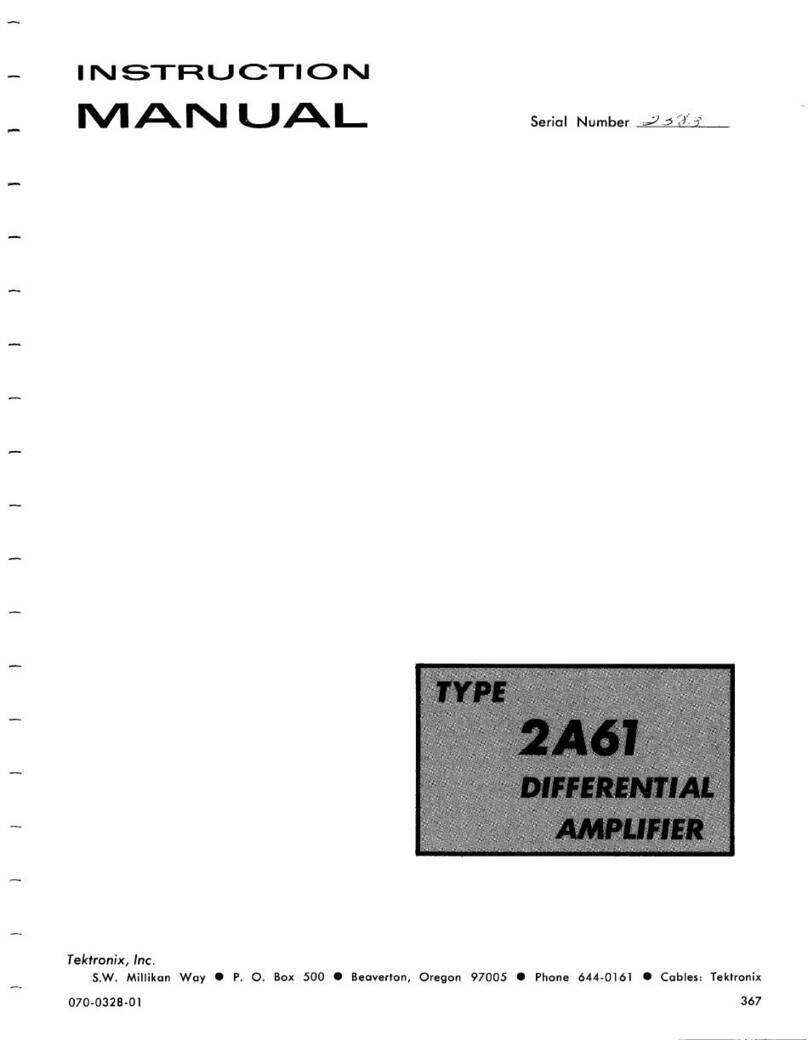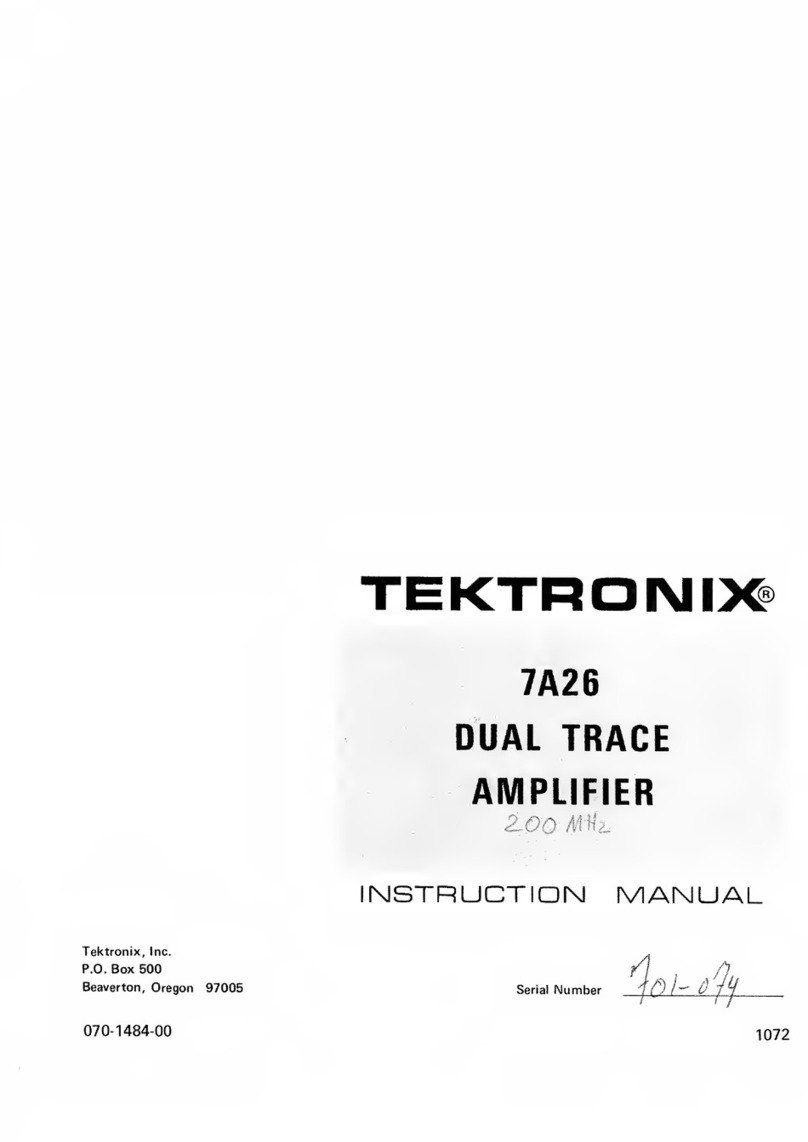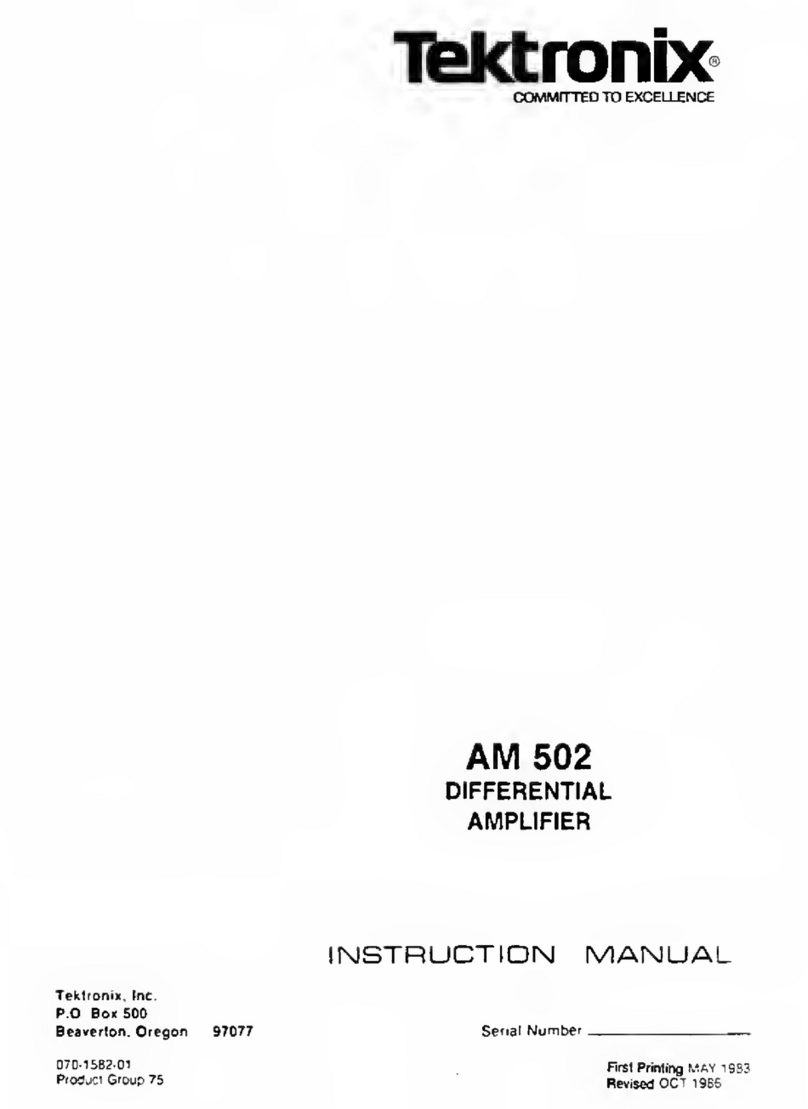Tektronix 7A16A User manual
Other Tektronix Amplifier manuals
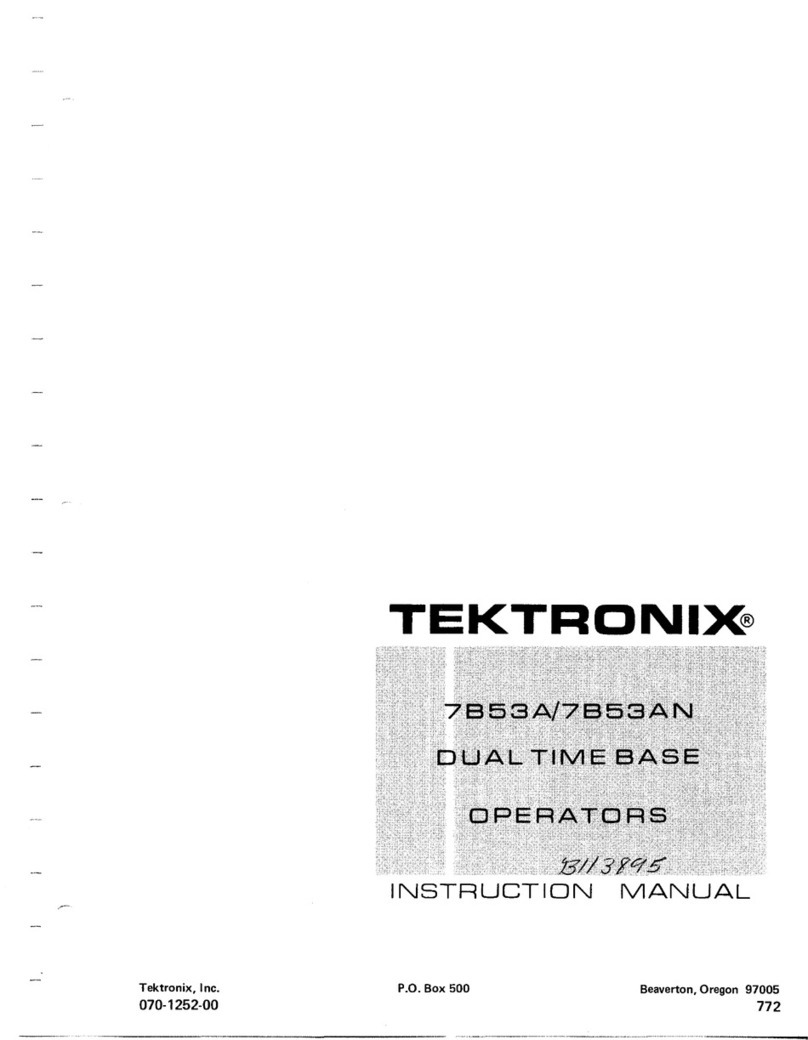
Tektronix
Tektronix 7B53A User manual
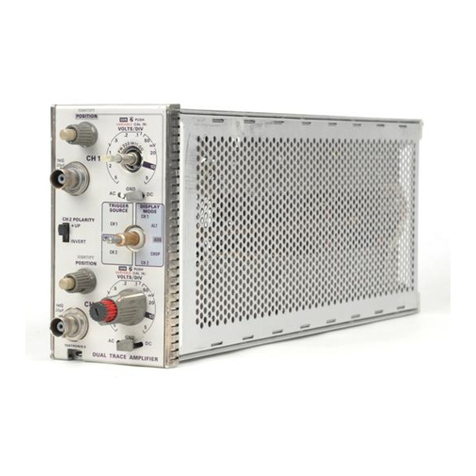
Tektronix
Tektronix 7A18 User manual
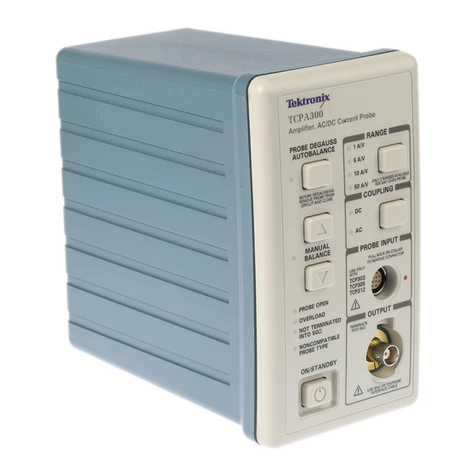
Tektronix
Tektronix TCPA300 SERIES User manual
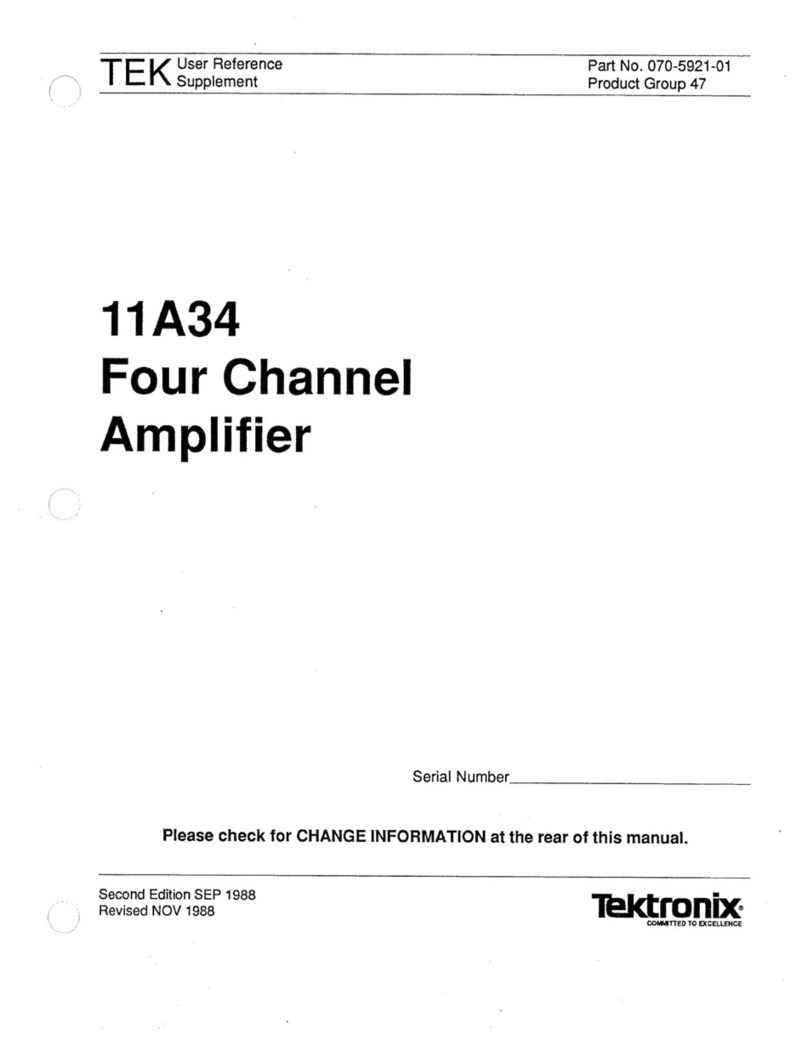
Tektronix
Tektronix 11A34 Owner's manual
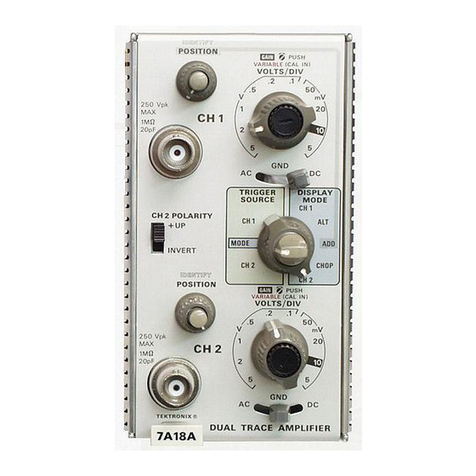
Tektronix
Tektronix 7A18A User manual

Tektronix
Tektronix 7A22 User manual
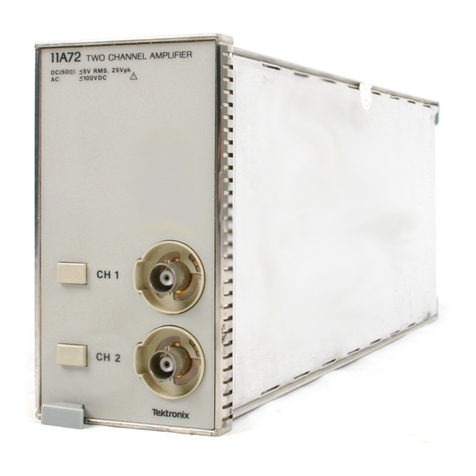
Tektronix
Tektronix 11A72 Owner's manual

Tektronix
Tektronix 7A22 User manual
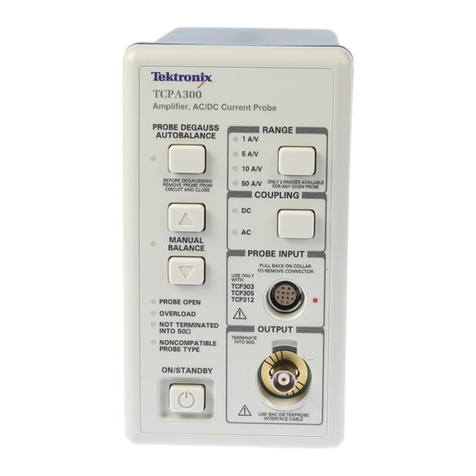
Tektronix
Tektronix TCPA300 SERIES Installation instructions
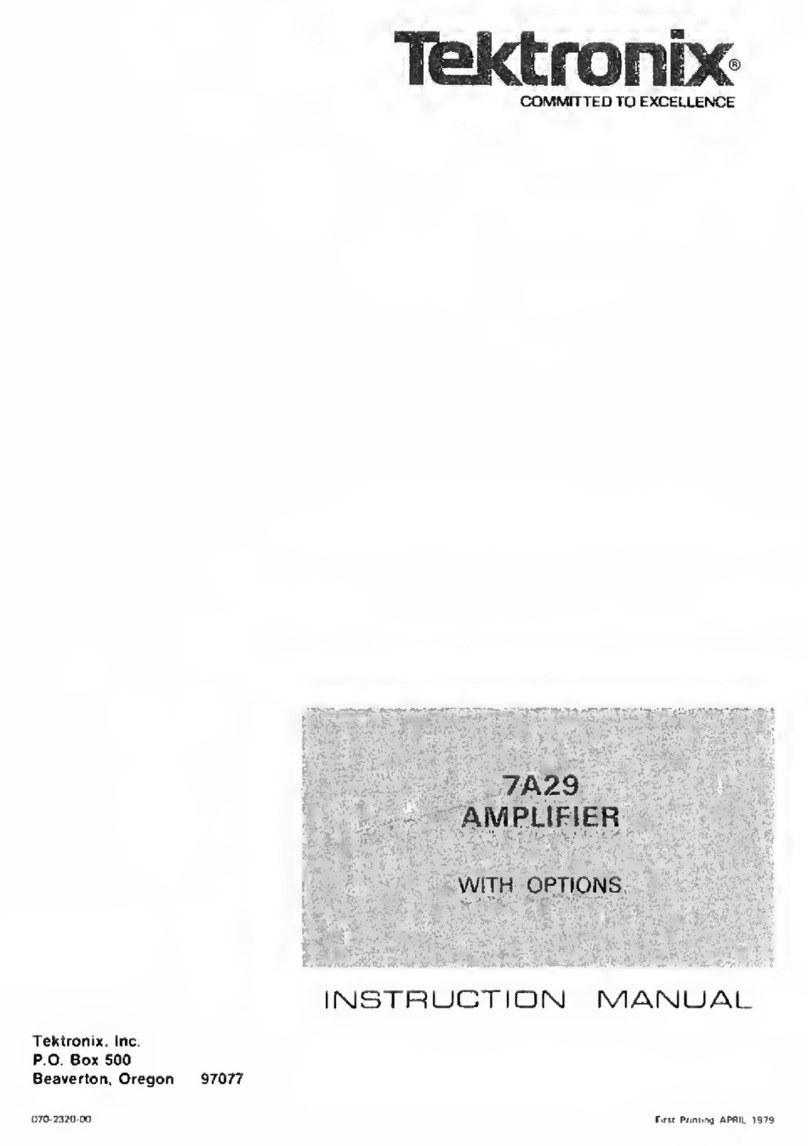
Tektronix
Tektronix 7A29 User manual
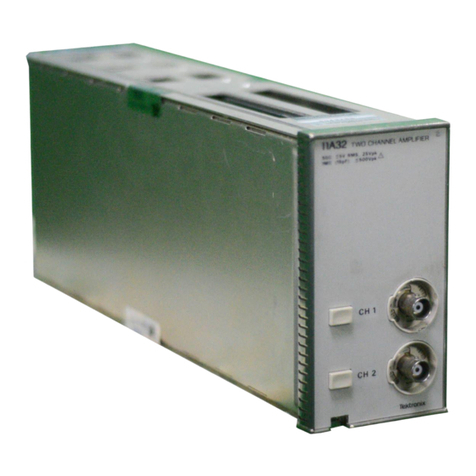
Tektronix
Tektronix 11A32 User manual
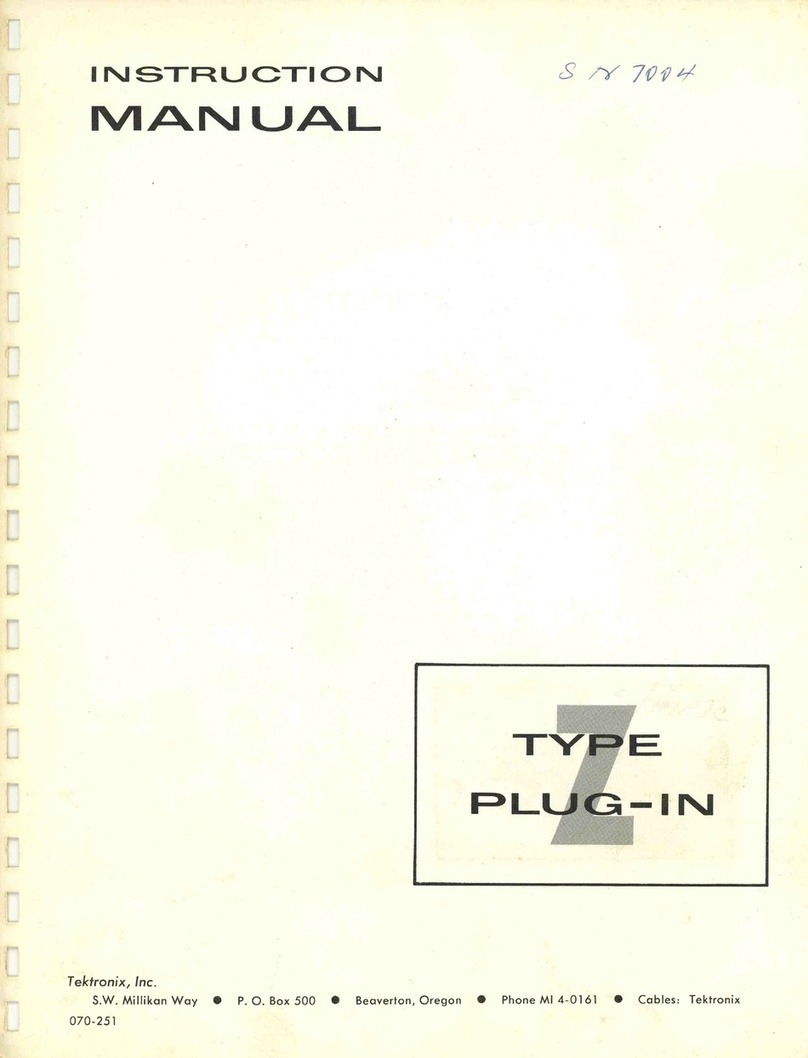
Tektronix
Tektronix TYPE Z PLIG-IN User manual
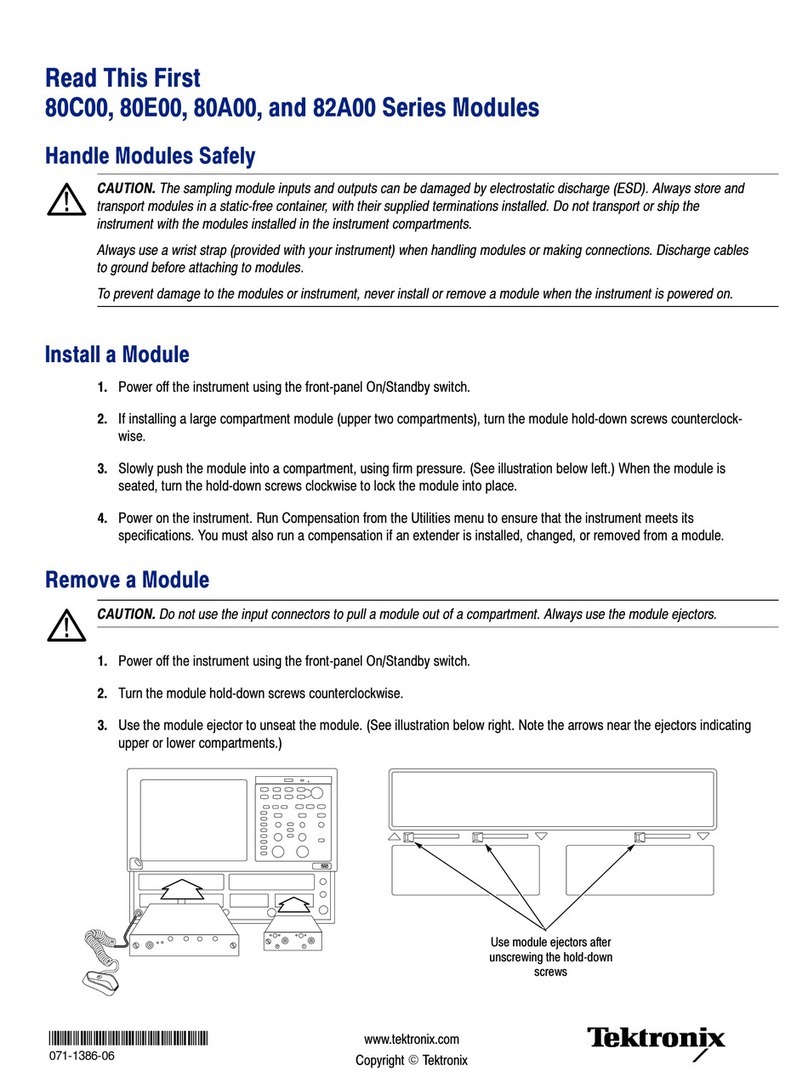
Tektronix
Tektronix 80C11 User manual
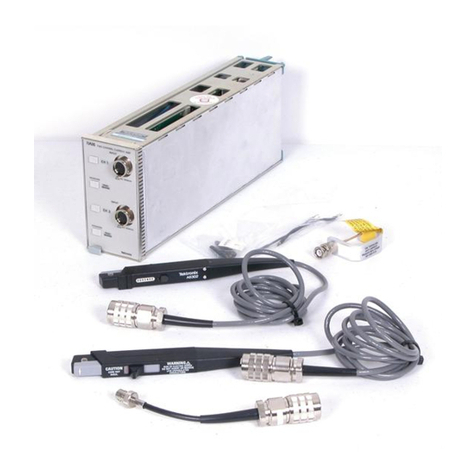
Tektronix
Tektronix 11A16 User manual
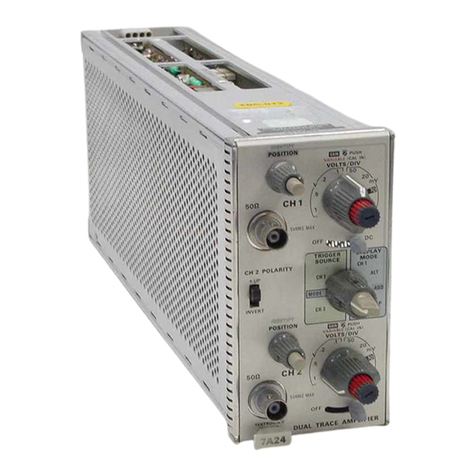
Tektronix
Tektronix 7A24 User manual
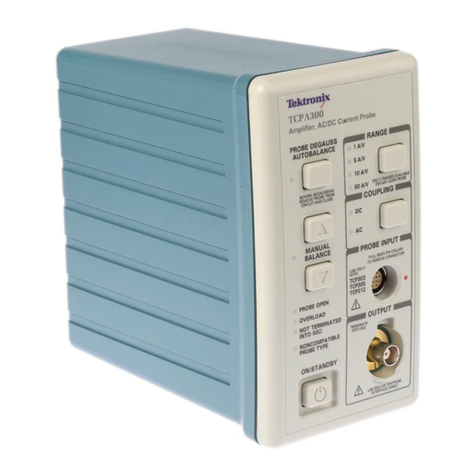
Tektronix
Tektronix TCP300 Series User manual
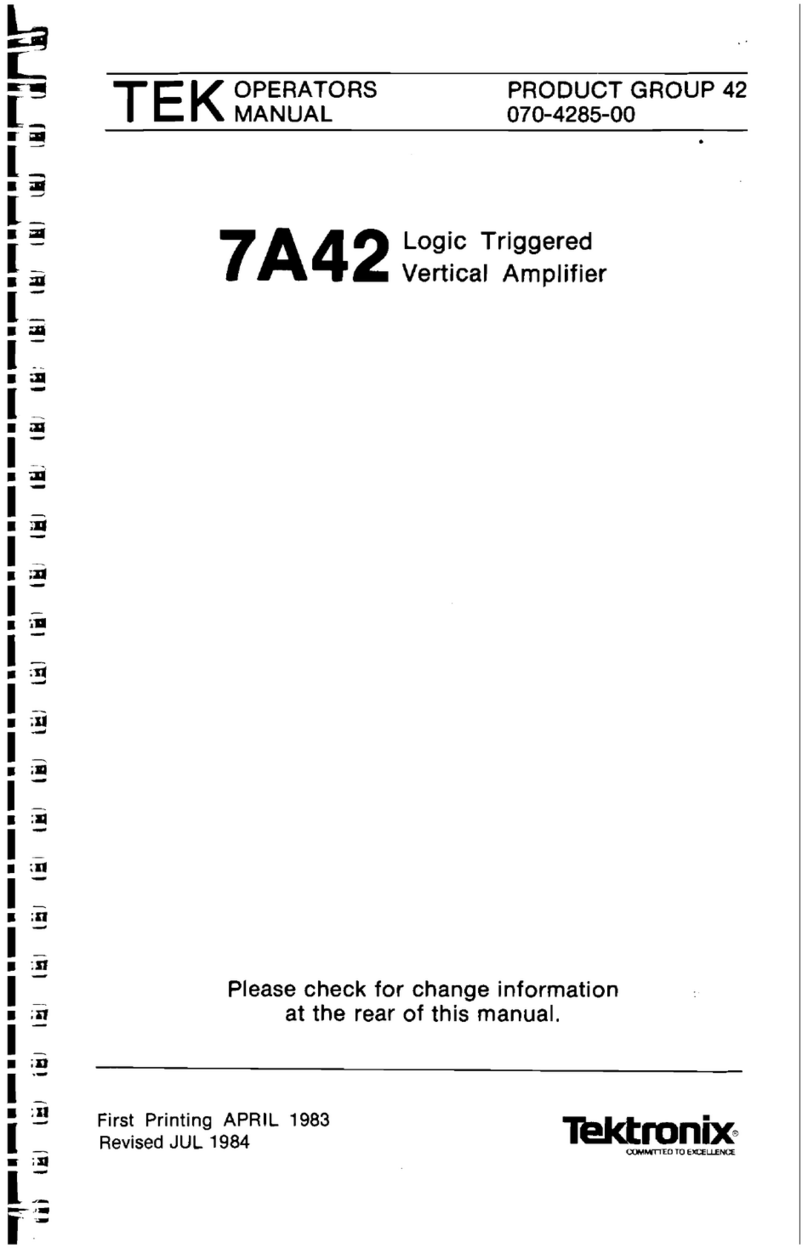
Tektronix
Tektronix 7A42 User manual
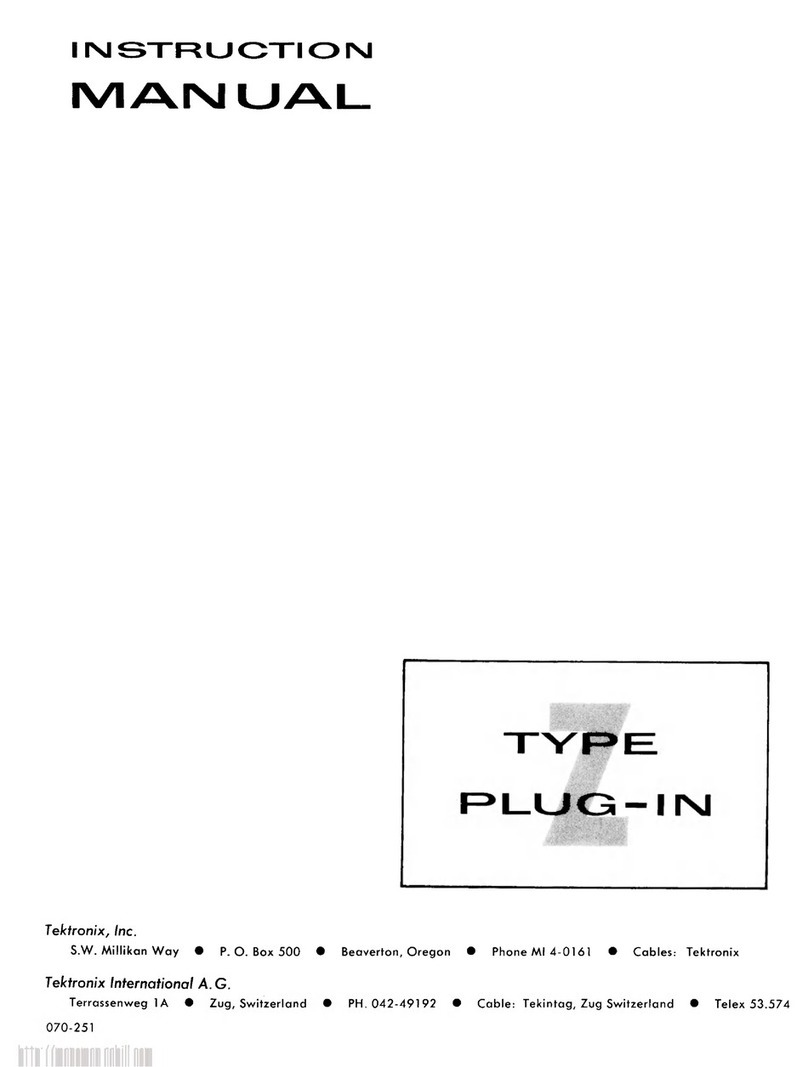
Tektronix
Tektronix Z User manual

Tektronix
Tektronix 7A26 User manual
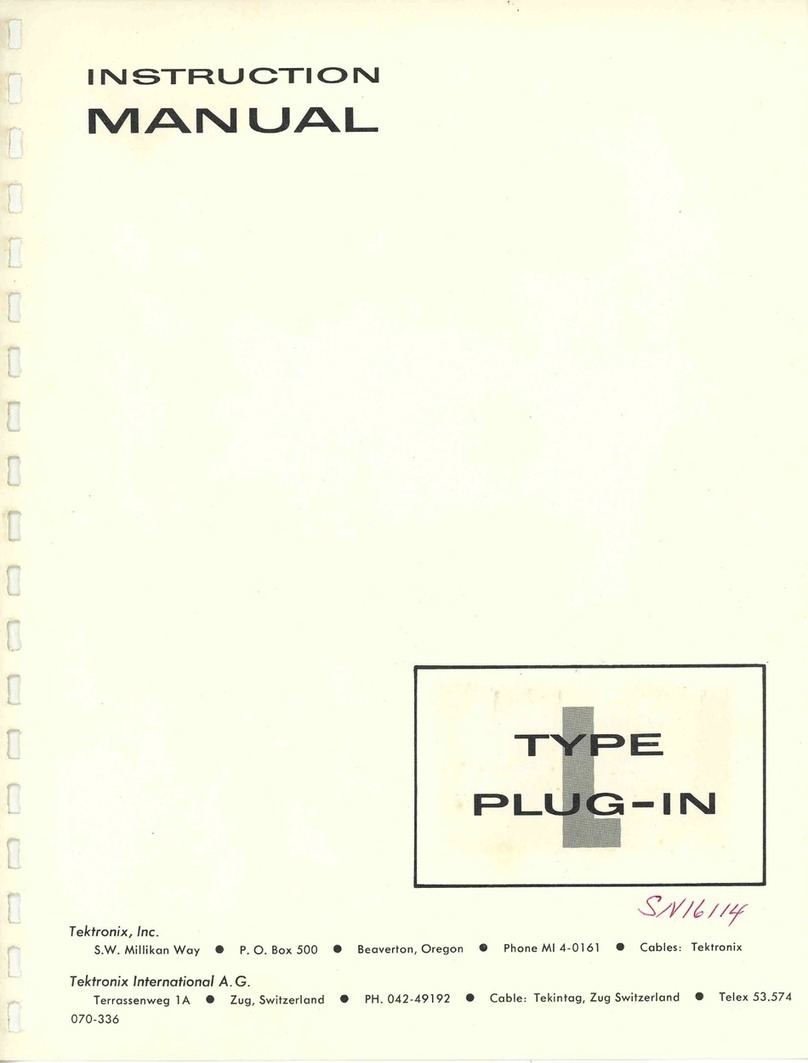
Tektronix
Tektronix TYPE L User manual

